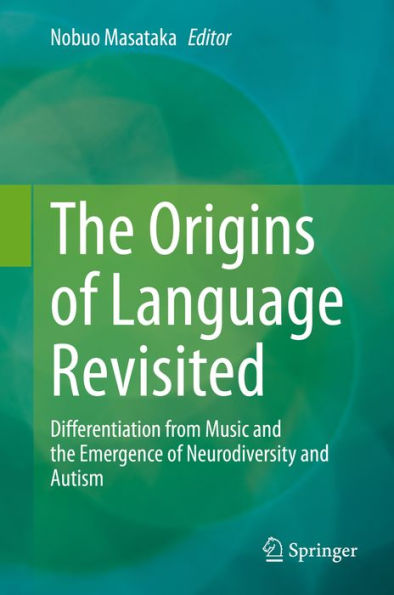Table of Contents
Preface
Nobuo Masataka
At the beginning, the editor briefly introduces the purpose and the uniqueness of having edited the present book as well as the contents of the following 11 chapters.
Chapter 1
Evidence for the gestural origins of language that is not incompatible with the vocal theory of language origins
Nobuo Masataka
Primate Research Institute, Kyoto University, Inuyama, Japan
Chapter 2
PRIMATE VOICE PHYSIOLOGY: SIMILARITIES AND DIFFERENCE BETWEEN HUMANS AND NON-HUMAN PRIMATES
TAKESHI NISHIMURA
Primate Research Institute, Kyoto University, Inuyama, Japan
Chapter 3
Integrations of multiple abilities underlying the vocal evolutions in primatesevolution of primate vocalizations
Hiroki Koda
Primate Research Institute, Kyoto University
Chapter 4
Conversational rules among primate species
Pougnault Loic1, Levréro Florence2, Lemasson Alban1
1 Rennes University, France, 2 St Etienne University, France
Chapter 5
Language evolution from a perspective of Broca’s area
Masumi Wakita
Primate Research Institute, Kyoto University, Inuyama, Japan
Chapter 6
Social scaffolding of the development of vocal communication and language during infancy
Hirokazu Doi
Graduate School of Biomedical Sciences, Nagasaki University
Chapter 7
Emergence of the distinction between "verbal" and "musical" skills in early childhood development
Alexsey Nikolskey
Chapter 8
Yakut tradition of "Talking Jew's Harp" and its relation to vowel harmony as a paradigm of formative influence of music on language.
Alexsey Nikolskey
Chapter 9
Were musicians and artists in the Ice Age caves likely with autism spectrum disorder? - A neurodiversity hypothesis to explain the co-emergence of art and music as a type of prosodic protolanguage
Nobuo Masataka
Primate Research Institute, Kyoto University, Japan
Epilogue
Nobuo Masataka



